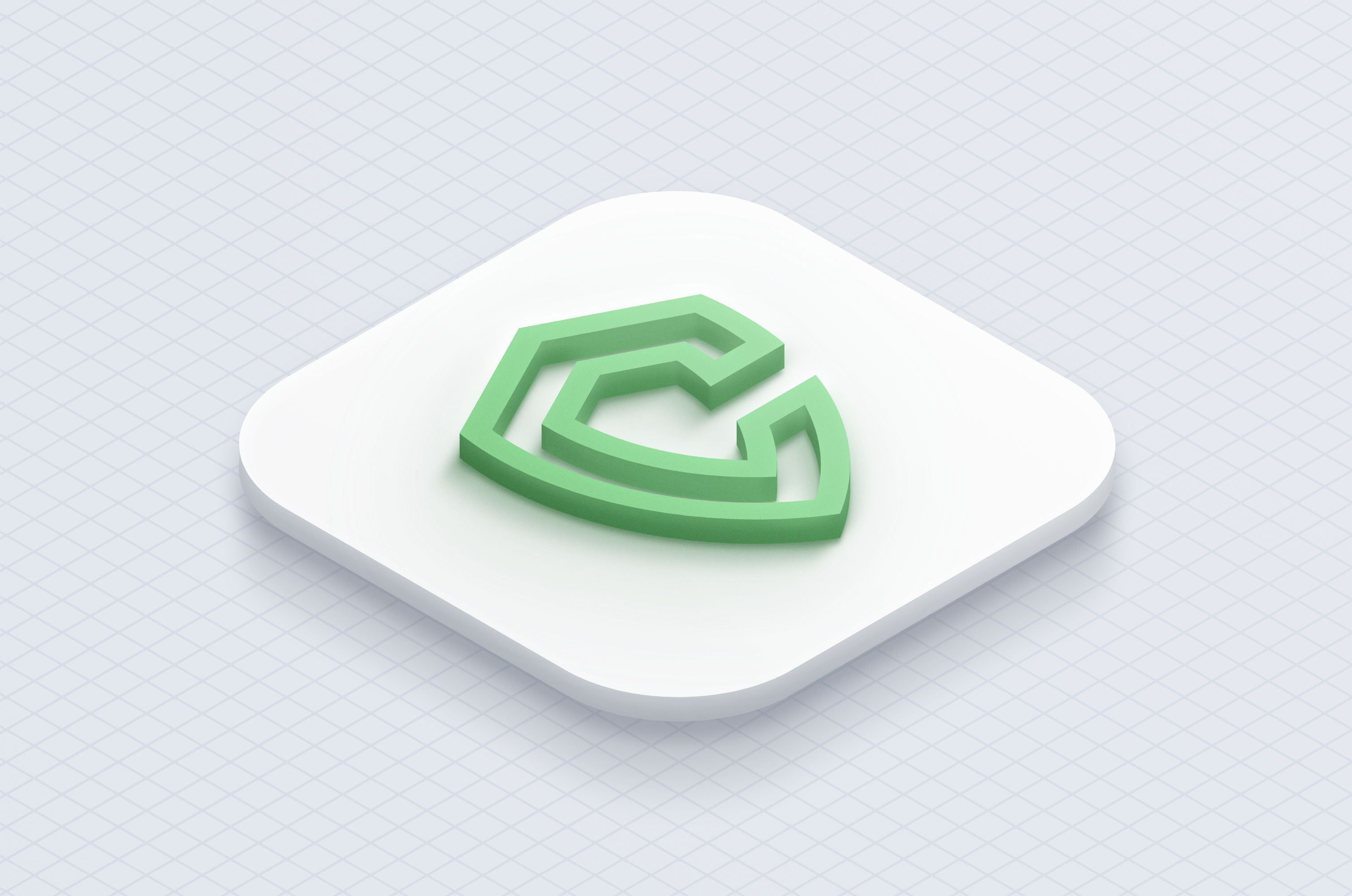Achieving Cybersecurity Maturity: How Complyan and C2M2 Work Together

As cyberattacks continue to rise in frequency and sophistication, organizations seek new ways to protect themselves against these threats. One approach is to adopt industry-specific security practices and guidelines to help safeguard their systems against targeted attacks. Government bodies and regulatory organizations also play a critical role in this effort, providing guidance on best practices and establishing cybersecurity frameworks and maturity models to help organizations reduce their risk exposure.
One such framework is the Cybersecurity Capability Maturity Model, or C2M2, which was developed by the U.S. Department of Energy in collaboration with other government agencies and private sector partners. The C2M2 provides organizations with a structured approach to cybersecurity risk management by assessing their maturity level across various security domains and providing guidance on improving their cybersecurity posture.
While the C2M2 is a valuable tool for any organization looking to improve its cybersecurity, implementing it can be challenging without the right resources and expertise. This is where Complyan comes in, a comprehensive compliance management platform that can help organizations achieve and maintain compliance with the C2M2 framework.
Complyan is a platform that helps organizations achieve compliance with various security frameworks, including C2M2. In this blog post, we’ll explore how Complyan can be used to achieve and maintain compliance with C2M2, as well as the benefits of doing so.
Understanding The C2M2
The C2M2 guidelines are grouped into ten domains—each helping to strategically improve an organization’s cybersecurity maturity. These domains are:
- Risk Management: This domain aims to improve cybersecurity maturity through careful evaluation and understanding of the risks an organization is vulnerable to. It outlines processes and guidelines to demonstrate security management practices and identify, analyze, and respond to threats across all administrative units.
- Asset, Change, and Configuration Management: The asset, change, and configuration management domain identifies and manages the organization’s IT and OT assets in proportion to the risks they pose to critical organizational infrastructure. Its objectives are to proportionately classify software and tangible assets with risk potential and manage the classified assets.
- Threat and Vulnerability Management: The objective of the threat and vulnerability management domain is to create plans, methods, and technology for identifying, detecting, and responding to known and potential cyber threats and vulnerabilities. This is important to improve the maturity of any cybersecurity program.
- Third-Party Risk Management: The third-party risk management domain addresses managing cyber risks posed by third-party systems connected to critical infrastructure. Its objectives are to develop procedures for managing these risks, maintain and manage technologies that detect potential threats in third-party systems, and proactively address third-party risks.
- Cybersecurity Architecture: This domain ensures that organizations create an effective organizational security structure, maintain security-related processes and technologies, and control the techniques and elements involved in organizational artifact security.
- Event and Incident Response, Continuity of Operations, and Service Restoration: The event and incident response domain provides a framework for addressing security breaches and mitigating new vulnerabilities. Its objectives are to create plans and procedures for mitigating and responding to security breaches, maintain critical infrastructure technologies and strategies during cybersecurity attacks, and create and implement recovery strategies, procedures, and technologies in the event of a cyberattack.
Other domains include:
- Workforce Management
- Cybersecurity Program Management
- Identity and Access Management
- Situational Awareness
Maturity Indicator Levels
The C2M2 model has five maturity indicator levels that organizations can use to assess their cybersecurity capabilities and identify areas for improvement.
These levels are:
MIL0
Practices are not performed
MIL1
Initial practices are performed but may be ad-hoc
MIL2
Management characteristics:
- Practices are documented
- Adequate resources are provided to support the process
Approach characteristic:
- Practices are more complete or advanced than at MIL1
MIL3
Management characteristics:
- Activities are guided by policies (or other organizational directives)
- Responsibility, accountability, and authority for performing the practices are assigned
- Personnel performing the practices have adequate skills and knowledge
- The effectiveness of activities is evaluated and tracked
Approach characteristic:
- Practices are more complete or advanced than at MIL2
Complyan's Role in C2M2 Compliance

As organizations strive to comply with C2M2 requirements, Complyan can be a valuable tool to help them achieve their goals.
One key role Complyan can play in C2M2 compliance is through its continuous monitoring, risk assessment and management tools. Complyan can help organizations identify and assess risks and develop and implement mitigation strategies to minimize those risks. This aligns with C2M2’s risk management capability area, which includes domains such as risk management, identity and access, and third-party risk management.
Complyan also provides features that support three other C2M2 capability areas, including:
- Threat and vulnerability management: Complyan’s continuous information security and data security and privacy capabilities can help organizations safeguard critical resources and quickly detect and respond to threats and vulnerabilities.
- Incident management: Complyan’s incident response planning and management features can help organizations quickly and effectively respond to security incidents.
- Security culture and workforce management: Complyan’s training and onboarding tools can help organizations build a strong security culture and ensure their key security officers are well grounded in cybersecurity best practices.
Benefits of Using Complyan
As organizations increasingly prioritize cybersecurity, compliance with security frameworks like C2M2 is becoming more essential. One tool that can help organizations achieve C2M2 compliance is Complyan. In this section, we will explore the benefits of using Complyan for C2M2 compliance.
The first and perhaps most significant benefit of using Complyan is the improvement in an organization’s cybersecurity posture and risk management. Complyan’s features, such as continuous monitoring and risk assessment, help organizations identify potential vulnerabilities and mitigate risks promptly. This ability to proactively identify and mitigate risks can help prevent cyberattacks and data breaches, which can have far-reaching and costly consequences.
Another significant benefit of using Complyan is increased efficiency and productivity through automation and centralized management. Complyan’s centralized dashboard allows organizations to manage and monitor their compliance efforts in one place, simplifying compliance management. The tool’s automation features also streamline compliance processes, freeing up time and resources for other critical business activities.
Using Complyan can result in cost savings for organizations. Non-compliance with C2M2 practices could indicate weak cybersecurity maturity. This can lead to security breaches that can cause reputational damage and be costly. By using Complyan to ensure compliance, organizations can redirect resources towards productive endeavors.





 Governance and Policy Management
Governance and Policy Management